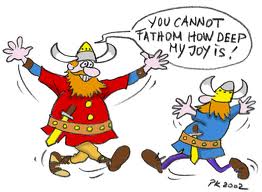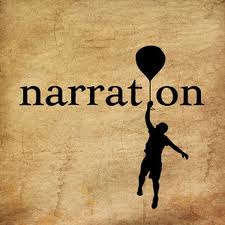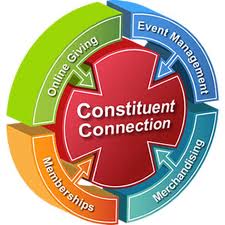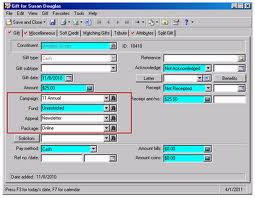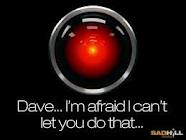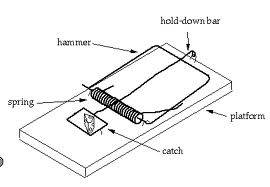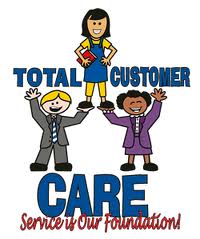 Yesterday’s post titled “Non-profit donors: “Should I stay or should I go?” built upon a recent post over at “The Agitator” blog about donor retention. One of the things they said was that retaining donors goes way beyond doing a good job of talking about your mission and your organization. They argued that every touchpoint needs to be quality and inspire a sense of satisfaction for donors.
Yesterday’s post titled “Non-profit donors: “Should I stay or should I go?” built upon a recent post over at “The Agitator” blog about donor retention. One of the things they said was that retaining donors goes way beyond doing a good job of talking about your mission and your organization. They argued that every touchpoint needs to be quality and inspire a sense of satisfaction for donors.
To put this in context, let’s use a for-profit analogy.
When a consumer goes to Walmart to buy towels, their experience is affected by so much more than just the satisfaction of finding the towels they desire at the price they want to pay. While these are indeed two factors, the following things also influenced that experience and play into whether or not they come back to Walmart next week:
- Was the store orderly and easy to navigate?
- Was the store well-lit?
- Was the physical environment too warm, too cold, or just right?
- When they couldn’t find the towels that they were looking for, did the employee who helped them do so in a friendly and efficient manner?
- Did the store smell nice?
- Did the other customers behave and conform to the social norms of shopping?
- Did the shopping cart wheels stick and make it difficult to use?
- How much time did customer spend in the check-out line?
- Was the cashier friendly and helpful?
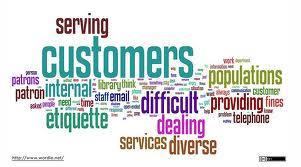 There are countless other little details that when added together can result in a great experience which results in repeat business and customer loyalty. Or they can also add up to an unsatisfied customer who won’t return, but will likely bad mouth you to their friends and post horrible things about you on Facebook and Twitter.
There are countless other little details that when added together can result in a great experience which results in repeat business and customer loyalty. Or they can also add up to an unsatisfied customer who won’t return, but will likely bad mouth you to their friends and post horrible things about you on Facebook and Twitter.
The same holds true for your donors!
Non-profit donors need to hear more than just good news about your mission and programs. They also need to hear more than how efficient your organization operates.
Your non-profit organization’s goal needs to be “putting a smile on the donor’s face” every time you cultivate them . . . every time you solicit them . . . and every time you steward them.
 Now that is a TALL ORDER when you start thinking about it because there are so many factors (just like in the Walmart example I used). Some factors are easy to influence, and others can be very difficult to impact.
Now that is a TALL ORDER when you start thinking about it because there are so many factors (just like in the Walmart example I used). Some factors are easy to influence, and others can be very difficult to impact.
The following are just a few ideas to keep in mind as you contemplate how to ratchet up your donor services:
- Communicate with donors as often as they tell you they want to be communicated with.
- Communicate only those things the donor has said they want to hear from you.
- Only send fundraising volunteers and employees with whom the donor has a GREAT relationship (and this goes for cultivation, solicitation or stewardship activities).
- Send donors( who give frequently and recently) a birthday card.
- Celebrate anniversaries for “weddings” and “becoming a donor to your agency” (focus these activities on major gifts prospects and donors).
- Include the donor’s spouse whenever possible and make the cultivation, solicitation or stewardship experience feel like “family experience” (as long as it feels appropriate).
- Let the donor tell you where they are most comfortable being solicited and then solicit them there.
- Train volunteer solicitors about the finer points of soliciting a charitable contribution by going beyond the 12-step process of “closing the gift”.
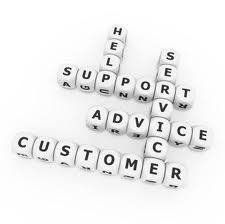 This approach is not intuitive for many non-profit organizations. So, my final suggestion to those of you are very serious about improving donor services is to invite a small group of customer service professionals to participate in a focus group. During the hour that you have them together, educate them about how you communicate and interact with your donors. Ask them how they would go about improving the experience. You might just be surprised at what you learn.
This approach is not intuitive for many non-profit organizations. So, my final suggestion to those of you are very serious about improving donor services is to invite a small group of customer service professionals to participate in a focus group. During the hour that you have them together, educate them about how you communicate and interact with your donors. Ask them how they would go about improving the experience. You might just be surprised at what you learn.
Let’s add to my list of suggestions. Please scroll down and use the comment box to share JUST ONE IDEA on how to improve donor services and increase the quality of donor touchpoints. We can all learn from each other.
By the way, thank you to all of you for helping DonorDreams blog exceed 10,000 page views in less than one year. This milestone is a testament to you and your thirst for engagement. The next big goal is to reach 300 subscribers by December 31st. In celebrating today’s accomplishment and looking forward to the next one, would you please reach out today to one friend, non-profit professional, volunteer or board member and tell them about DonorDreams and encourage them to subscribe? Thanks again for tuning in, and I hope you continue enjoying this online community that we’re building together. 🙂
Here’s to your health!
Erik Anderson
Founder & President, The Healthy Non-Profit LLC
www.thehealthynonprofit.com
erik@thehealthynonprofit.com
http://twitter.com/#!/eanderson847
http://www.facebook.com/eanderson847
http://www.linkedin.com/in/erikanderson847





